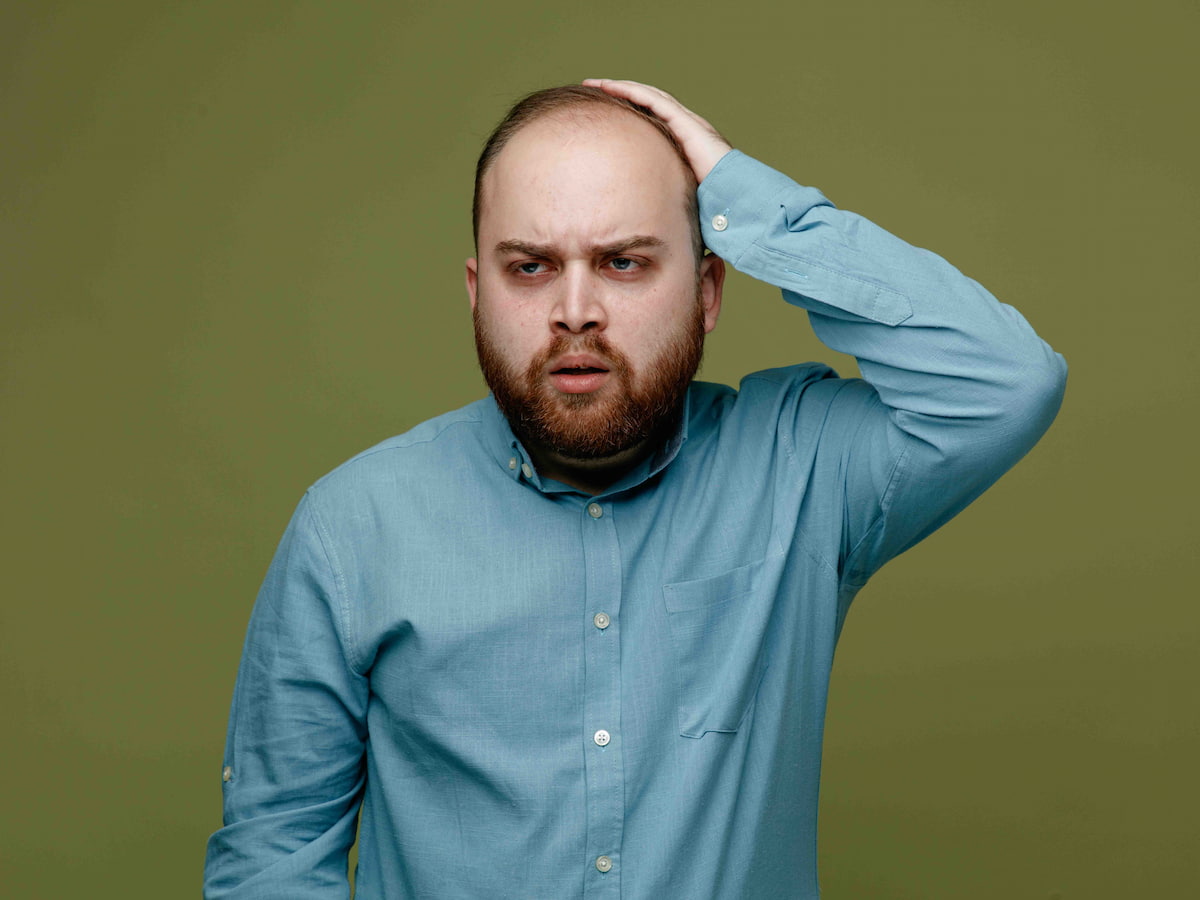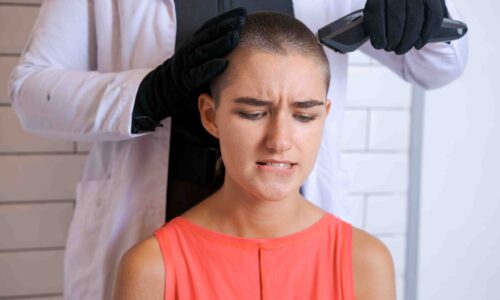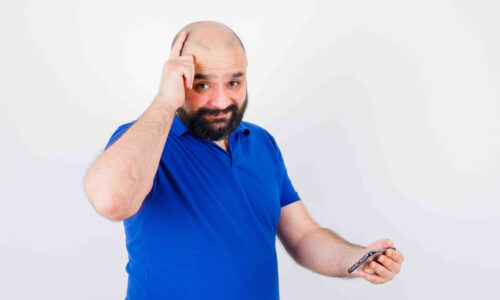Many people dream of full natural visible hair after a hair transplant, but sometimes the outcome is not according to their expectation. If you are worried about whether your surgery is successful or not, it is important to know that why hair transplant fail?
A failed hair transplant, whether it is FUE or FUT, results in poor hair growth. Signs of stain spots and bad outcomes indicate that the procedure has not performed. Recognizing these signs quickly helps you to take the right decision to recover.
Poor surgical procedures, inappropriate maintenance and other health problems are the main reasons of failure of hair transplant surgery. Knowing the early symptoms of failure, quickly consult with your surgeon and find out the best solution for you.
Identifying signs of a failed hair transplant surgery
- Itching on the scalp
- Redness on the scalp
- Long lasting skull pain
- Visible stains on the scalp
- Irregular thickness of hair
- hair growing at wrong angles.
- Hair fall completely without growing.
A failed hair transplant usually shows the limited or no growth of the hair even after several months of recovery. If transplant follicles do not grow properly, the skull looks faded. The above mentioned symptoms should not be ignored because these symptoms point towards a failure of a hair transplant.
A FUE hair transplant may fail if the extracted grafts are damaged or do not survive after implantation, while in FUT, hair transplant also leads to failure due to excessive scarring, infections or poor handling of the donor strip.
Identifying these early symptoms help you to take medical advice from the concerned doctor and prevent you from long-term failure.
Causes of Hair Transplant Failure
Hair transplant failure is often caused by poor surgical skills of the doctors. If grafts are not transplanted properly, they cannot survive, which is a danger for your hair growth. Inadequate germs can also cause infection during surgery, which permanently damage the hair roots.
Another major reason is that patients do not take care of their newly implanted hair and the scalp according to the methods prescribed by surgeon. Disorders such as diabetes, hypertension, or poor blood circulation can also reduce the rate of success.
Failed Hair Transplant: Here’s What To Do?
If your hair transplant surgery is not successful then first step is not to be nervous. Consult your surgeon immediately and ask him/her for a detailed diagnosis. In some cases, corrective procedures or touch-up surgery can restore natural results.
Surgeon can also suggest modern treatment such as PRP therapy or review surgery to such patients. Proper nutrition and soft care of the skull changes also plays an important role in recovery. By adopting these precautions, you can get healthy, natural visible hair despite the initial shock.
Reasons of Hair Transplants Failure
- Poor surgical procedure
- Grafts are not handled carefully
- Infection during surgery
- Unexpected bleeding after surgery
- Inaccurate angle space of follicles
- Poor health factors
- Ignoring scalp care
- Smoking
- Taking bleeding medicines
Hair transplant is considered fail if hair growth is not visible or visible after 9-12 months. In normal cases, the new hair starts to grow after 3-4 months and continues to get thicker over time. If this is not a cycle, it usually means that the transplant is not successful.
If your hair look unnatural or hair fall permanently, this is another sign of hair transplant failure. Severe stains or infections are another indication of a failed surgery. Recognizing the time of failure helps you to decide whether to wait more or seek a reform surgery.
How to Know if your Hair Transplant Has Failed?
A failed hair transplant may include the symptoms like hair growing in odd directions, irregular hairlines, or thin patches. If you find out that your scalp is not healing properly or showing long-lasting redness, it means your surgery has failed. If the results look more worse than before you should understand that your hair transplant is not successful.
If you still see no improvement after one year, it’s a strong indication of failure. In such cases, consulting a qualified surgeon or visiting the well known clinic in Dubai is the best solution for you.
How to Avoid Hair Transplant Failure?
Avoiding failure begins with a certified, specialist surgeon and a reputable clinic selection. Proper planning and precaution after surgery increase the chances of success. It is also important to strictly follow the surgeon’s advice during recovery after a hair transplant.
If there is a failure, revision methods such as review transplant or PRP treatment can improve results. Patients should also maintain a healthy lifestyle to help cure. With good care and relevant measures, failed transplants can also be successfully improved.
Hair Transplant Failure Rate?
On average, 10-15% transplants cannot be fully successful. Low experienced surgeon clinics often have a high failure rate.
Factors such as age, medical history, and misunderstanding can also increase the risk. Choosing the leading clinic such as AHT Aesthetic Medical Center with a proven success record helps reduce this rate. Patients who strictly follow the maintenance instructions usually see better results.



